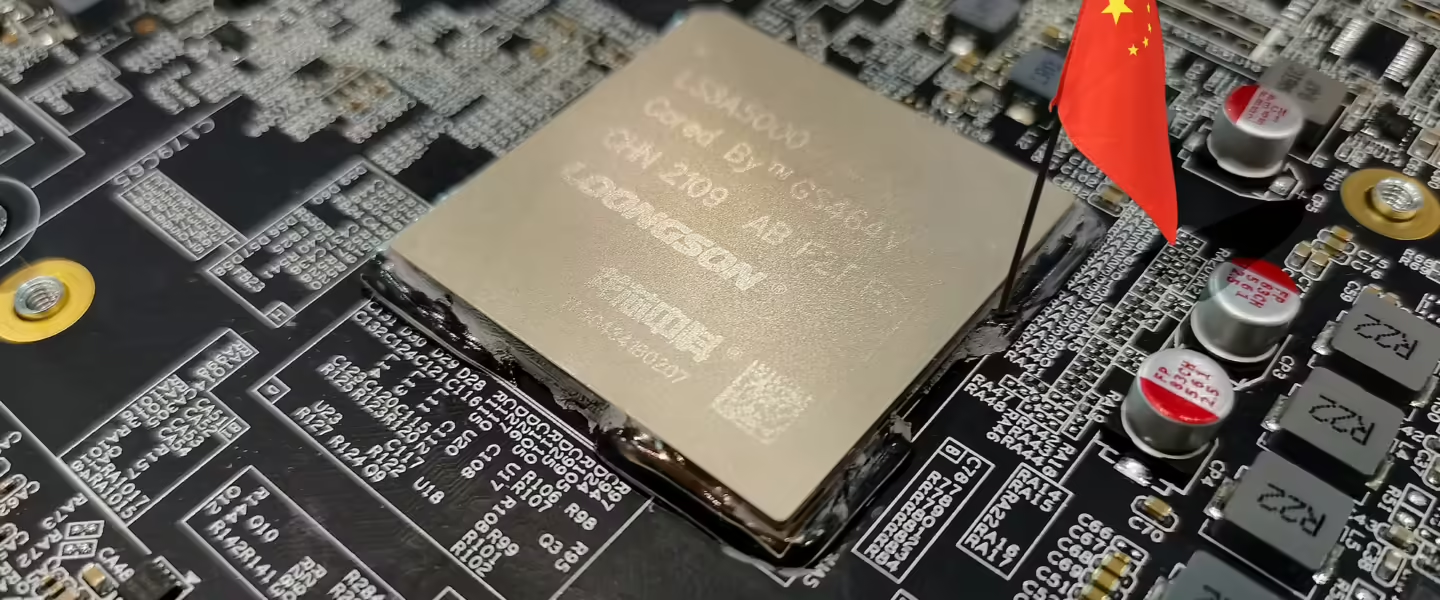Welcome to Saturday Hashtag, a weekly place for broader context.
|
Listen To This Story
|
In spite of the CHIPS and Science Act, in the last 4 years the use of proprietary Chinese chips & chiplets in global manufacturing has increased by 40 percent. These chips are inside all aspects of western industry, government infrastructure, the military, and even inside your home. This is not just an idle threat according to the NSA and NCSC, all devices with Wi-Fi capabilities are potential attack vectors. Wi-Fi operations are typically initiated automatically without you even knowing.
In 2018 China infiltrated almost 30 US companies, including Amazon and Apple. Chinese microchips disabled passwords, enabled contact with out-of-network computers, and altered operating systems. A major American telecommunications company found and removed manipulated hardware in its network. These motherboard alterations occurred during manufacturing by a Supermicro subcontractor in China.
The threat posed by proprietary Chinese chips across every sector of western functionality has been exponentially increased by AI synchronicity. This combination also makes it possible and cost effective to engage in at-scale individual ransomware attacks, making everyone’s personal devices more vulnerable to these digital assaults.
FBI Says Chinese Hackers Preparing to Attack US Infrastructure
The author writes, “Chinese government-linked hackers have burrowed into U.S. critical infrastructure and are waiting ‘for just the right moment to deal a devastating blow,’ FBI Director Christopher Wray said [in April]. An ongoing Chinese hacking campaign known as Volt Typhoon has successfully gained access to numerous American companies in telecommunications, energy, water and other critical sectors, with 23 pipeline operators targeted, Wray said in a speech at Vanderbilt University.”
How a Shady Chinese Firm’s Encryption Chips Got Inside the US Navy, NATO, and NASA
From Wired: “The US government warns encryption chipmaker Hualan has suspicious ties to China’s military. Yet US agencies still use one of its subsidiary’s chips, raising fears of a backdoor.”
The Goal for China’s Chip Giant: Cut Out the US
The author writes, “At an industrial site with gray factory buildings surrounded by young trees, China’s chip champion is operating a new production line key to Chinese leader Xi Jinping’s goal to eliminate reliance on U.S. technology.”
China’s Electronics Manufacturing Sector Expands On Strong Production, Exports
From the State Council of the People’s Republic of China: “China’s electronics manufacturing industry posted a strong performance in the first four months of this year, driven by a steady increase in production and recovering domestic and global demand.”
Over 40 Percent of Semiconductors for US Weapons Systems Still Sourced From China
The author writes, “A … report issued from the data analytics firm Govini concludes that the United States is grossly over-reliant on China for its defense supplies and electronics and materials. Indeed, the report, commissioned by the Department of Defense concludes that over 40 percent of the semiconductors that sustain DoD weapons systems and associated infrastructure are now sourced from China. In addition, between 2014 and 2022, American dependence on Chinese electronics increased by 600 percent.”
China’s Chip Production Surges by 40 Percent in Q1
The author writes, “According to a report by the South China Morning Post on April 18th, encouraged by official support and continuous industry investment in expansion, China’s total chip production in the first quarter of 2024 reportedly surged by 40% to reach 98.1 billion units. This further highlights China’s shift towards ramping up mature processes in semiconductor development, especially amidst the export restrictions. Additionally, chip production capacity is rapidly expanding.”
Recognizing the Spark of Insight: A Combined Approach to Synchronicity through AI Pattern Recognition and Human Meta-Cognition
From ResearchGate: “In an increasingly interconnected world, the ability to recognize and interpret meaningful coincidences, or synchronicities, can provide profound insights into our lives and the broader universe. This paper explores how the integration of Artificial Intelligence (AI) pattern recognition and human meta-cognition can enhance our understanding and appreciation of these phenomena.”
Attacking Artificial Intelligence: AI’s Security Vulnerability and What Policymakers Can Do About It
From the Belfer Center: “Artificial intelligence systems can be attacked. The methods underpinning the state-of-the-art artificial intelligence systems are systematically vulnerable to a new type of cybersecurity attack called an ‘artificial intelligence attack.’ Using this attack, adversaries can manipulate these systems in order to alter their behavior to serve a malicious end goal. As artificial intelligence systems are further integrated into critical components of society, these artificial intelligence attacks represent an emerging and systematic vulnerability with the potential to have significant effects on the security of the country.”




